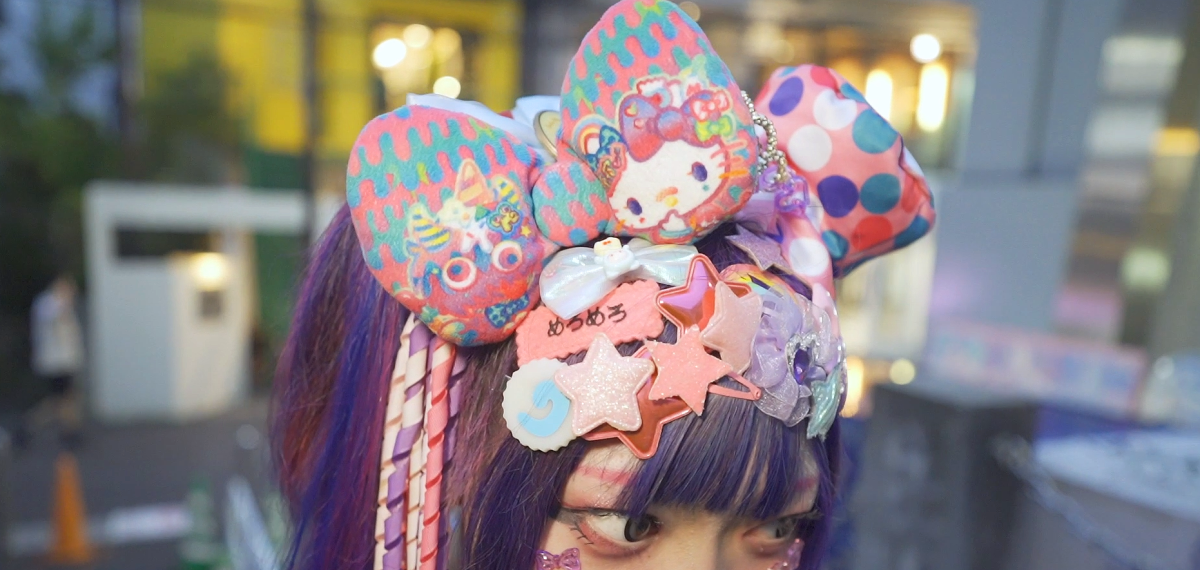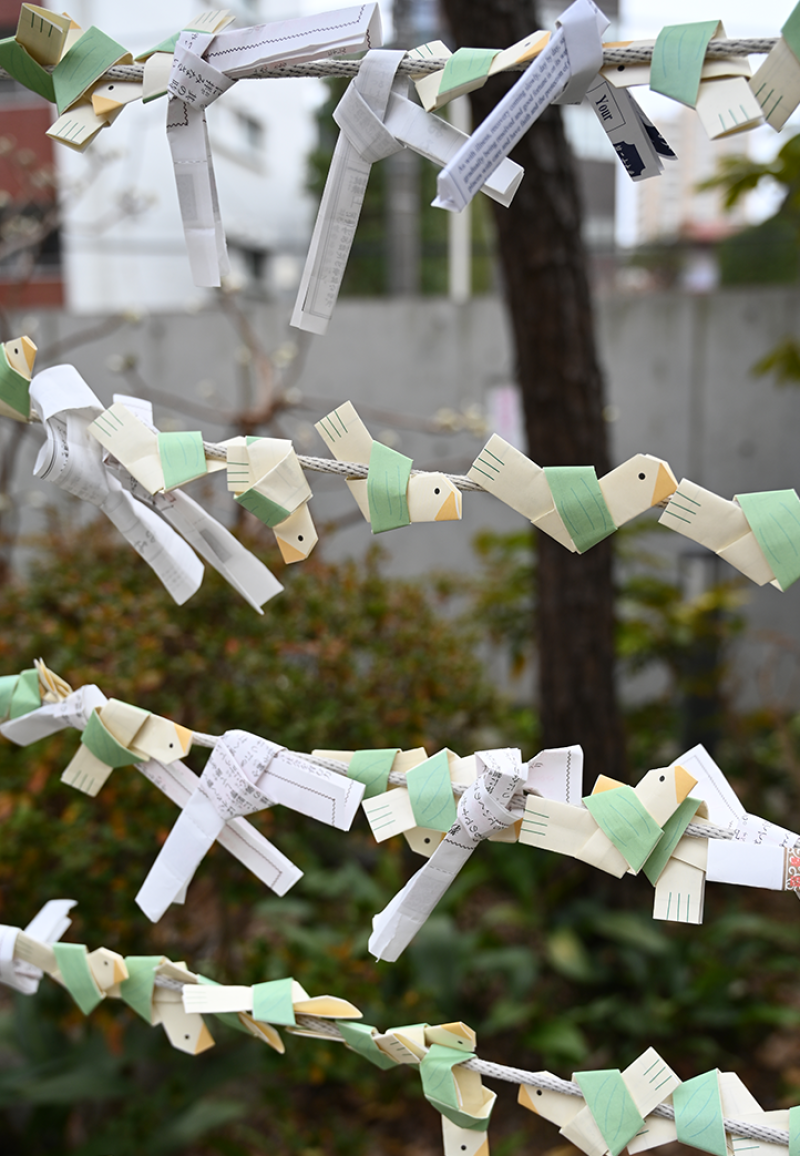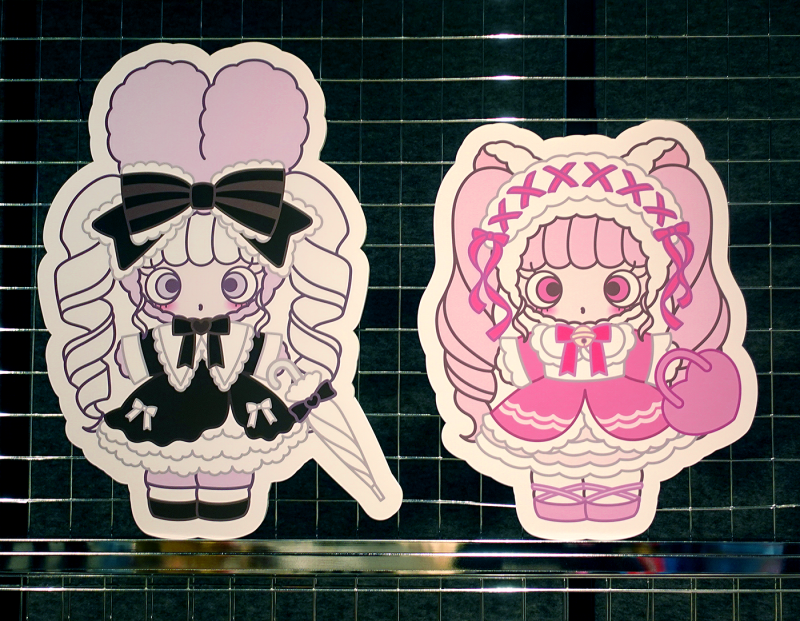

What is "Kawaii"?
Japanese cuteness, or kawaii かわいい、可愛い, is ubiquitous in Japan and has started to achieve global popularity. Kawaii casts its cheerful and colorful presence over everything from fashion and food to manga and anime, from mascots and merch to music, art, and design. To explore these themes, Kawaii in Japan & Beyond includes videos that interview key figures in kawaii culture. In addition, our team has written extensively about kawaii for a general readership. For more on the topics discussed below, click on the links to watch and read.
Simply put, kawaii is the Japanese word for cute. However, though both cute and kawaii are hugely popular aesthetics, their historical roots and contemporary development differ. While "cute" may be used in an ironic, sarcastic, or condescending way as well as being a term of endearment, kawaii indicates a stronger attachment to the "Aww" feeling of encountering cuteness expressed by bodily affect and has a broader application. Kawaii has deep roots in Japan's literary and artistic history, which furthered its rise as a modern aesthetic in girls' culture at the start of the twentieth century. Then, it began to extend its reach in the 1970s with the rise of Hello Kitty and other characters, as well as video games and idol singers. Kawaii subsequently became the dominant aesthetic in the manga and anime popular with adults during the late 1970s and early 1980s.


Though kawaii has a link to traditional concepts of patriarchal femininity, its expressions in pop culture reveal a much wider range of meanings, including resistance to gender norms. Some of the most popular types of kawaii include elements antithetical to its primary meaning of adorable.
For example, compounds of kawaii such as grotesque cute (guro-kawa グロカワ), creepy cute (kimo-kawa キモカワ), and ugly cute (busa-kawa ブサカワ) all indicate things that are endearing in spite of—or because of—the fact that they are mixed with opposing elements.
Kawaii became popular outside Japan beginning with the exportation of Hello Kitty, anime, and early video games. From the 1990s, the arrival of Pokémon and the increased visibility of Japanese cultural exports further fueled its rise. The advent of the Internet and social media has allowed more access to kawaii outside traditional gatekeepers such as large corporations. But the impact of kawaii is in part determined by colonial and hegemonic legacies concerning power and race.
Along with mainstream popularity, kawaii has generated significant subcultures involving everything from fashion to food, which are often diverse and inclusive. Take a look at our videos page to watch interviews with Harajuku kids about their fashion styles. Harajuku-derived styles such as Lolita fashion have many adherents outside Japan, and the videos also include interviews with lolitas in the US.
Artists and designers use kawaii to explore issues ranging from gender and sexuality to well-being and inclusion. Our videos also includes a guide to cute food and design in Harajuku (link to Cute Food video), as well as an exploration of the importance of kawaii and boba tea in Asian diasporic communities. Kawaii is a tool for creators and practitioners alike to express queerness, feminism and, racial justice, and other vital topics.
There's much to explore, so feel free to jump right in!
Page card photo credit: SunniaShih (with minor alterations).